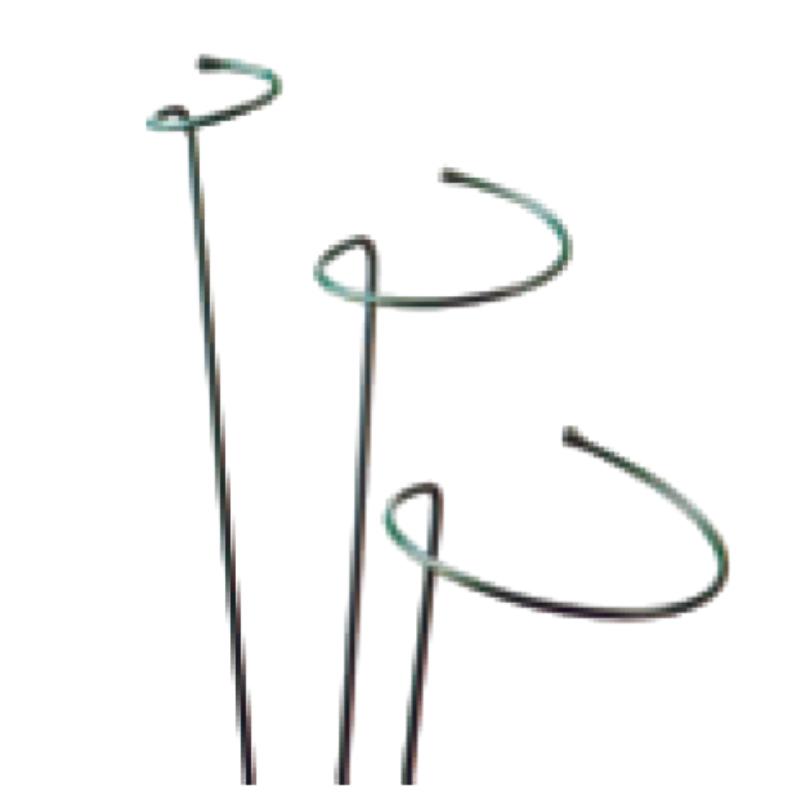-
Retpoŝto:zhao@hyliec.cn
-
Tel:+86 311 85273988
-
WhatsAPP:8613931128750
-
 afrikano
afrikano -
 albana
albana -
 Amhara
Amhara -
 la araba
la araba -
 la armena
la armena -
 Azerbajĝana
Azerbajĝana -
 eŭska
eŭska -
 Belarusian
Belarusian -
 bengala
bengala -
 bosnia
bosnia -
 bulgaro
bulgaro -
 kataluna
kataluna -
 Cebuano
Cebuano -
 korsika
korsika -
 kroata
kroata -
 ĉeĥa
ĉeĥa -
 dana
dana -
 nederlanda
nederlanda -
 la angla
la angla -
 Esperanto
Esperanto -
 estona
estona -
 finna
finna -
 franca
franca -
 frisa
frisa -
 galego
galego -
 kartvela
kartvela -
 germana
germana -
 greka
greka -
 Gujaratio
Gujaratio -
 Haitian Creole
Haitian Creole -
 hausa
hausa -
 havajano
havajano -
 la hebrea
la hebrea -
 Ne
Ne -
 Miao
Miao -
 hungara
hungara -
 islanda
islanda -
 igbo
igbo -
 indonezia
indonezia -
 irlandano
irlandano -
 itala
itala -
 Japanoj
Japanoj -
 la javano
la javano -
 Kannada
Kannada -
 kazaĥo
kazaĥo -
 ĥmeroj
ĥmeroj -
 Ruando
Ruando -
 korea
korea -
 kurda
kurda -
 Kirgizoj
Kirgizoj -
 TB
TB -
 la latina
la latina -
 latva
latva -
 litova
litova -
 luksemburga
luksemburga -
 makedona
makedona -
 Malgashi
Malgashi -
 malaja
malaja -
 la malajala
la malajala -
 malta
malta -
 maoria
maoria -
 Maratio
Maratio -
 mongola
mongola -
 Mjanmao
Mjanmao -
 nepala
nepala -
 norvega
norvega -
 norvega
norvega -
 okcitana
okcitana -
 Paŝto
Paŝto -
 la persa
la persa -
 pola
pola -
 portugala
portugala -
 panĝaba
panĝaba -
 rumana
rumana -
 rusa
rusa -
 samoano
samoano -
 Skotgaela
Skotgaela -
 serba
serba -
 la angla
la angla -
 Ŝona
Ŝona -
 Sinda
Sinda -
 Sinhala
Sinhala -
 la slovaka
la slovaka -
 sloveno
sloveno -
 Somalo
Somalo -
 hispana
hispana -
 Sundanese
Sundanese -
 Svahila
Svahila -
 sveda
sveda -
 la tagaloga
la tagaloga -
 taĝiko
taĝiko -
 la tamila
la tamila -
 tataro
tataro -
 la telugua
la telugua -
 tajlanda
tajlanda -
 Turka
Turka -
 turkmenoj
turkmenoj -
 ukraina
ukraina -
 Urdu
Urdu -
 ujgura
ujgura -
 uzbeko
uzbeko -
 vjetnama
vjetnama -
 kimra lingvo
kimra lingvo -
 Helpu
Helpu -
 jida
jida -
 joruboj
joruboj -
 la zulua
la zulua
Metal Plant Supports
What Is The Support Structure Of A Plant?
The support structure of a plant refers to the system of tissues and organs that provide stability and enable the plant to maintain an upright position. This support structure includes several key components:
1. Cell walls: The rigid cell walls of plant cells provide structural support, especially in non-woody plants. The cell walls help maintain the shape and rigidity of the plant's cells, contributing to its overall structure.
2. Stems: Stems play a crucial role in supporting the plant and providing a framework for the attachment of leaves, flowers, and reproductive structures. The stems also facilitate the transport of water, nutrients, and sugars throughout the plant.
3. Roots: The root system anchors the plant in the soil, providing stability and support. Additionally, roots absorb water and nutrients from the soil, contributing to the overall health and growth of the plant.
4. Vascular tissues: Xylem and phloem are specialized tissues that form the plant's vascular system. Xylem transports water and minerals from the roots to the rest of the plant, while phloem transports sugars and other organic compounds to various parts of the plant.
5. Specialized structures: Some plants have specialized support structures, such as tendrils, thorns, or aerial roots, which aid in climbing, attachment, or additional support.
The combination of these structural elements allows plants to maintain their shape, withstand environmental forces, and support essential physiological processes.
Iron Plant Supports Faq
What are the benefits of using iron plant supports?
Iron plant supports offer durability and strength, making them suitable for providing robust support for heavy or sprawling plants. They can withstand the weight of mature plants and help maintain their shape and structure.
What types of plants are best supported by iron plant supports?
Iron plant supports are well-suited for providing support to a wide range of plants, including peonies, roses, delphiniums, and other tall or heavy-flowering perennials. They can also be used for supporting climbing plants such as clematis or sweet peas.
How should iron plant supports be installed?
Iron plant supports should be installed firmly in the ground to ensure stability. When supporting individual plants, place the support structure around the plant early in the growing season, allowing the plant to grow into and around the support naturally.
Are there different styles and designs of iron plant supports available?
Yes, iron plant supports come in various styles and designs, including hoop supports, grid supports, and individual stakes. These different designs cater to the specific needs of different types of plants and can provide effective support while enhancing the visual appeal of the garden.
How can iron plant supports be maintained?
To maintain iron plant supports, periodically inspect them for signs of rust or corrosion, especially if they are exposed to the elements. If rust is present, it can be removed using a wire brush, and the supports can be treated with a rust-resistant coating or paint to prolong their lifespan.






